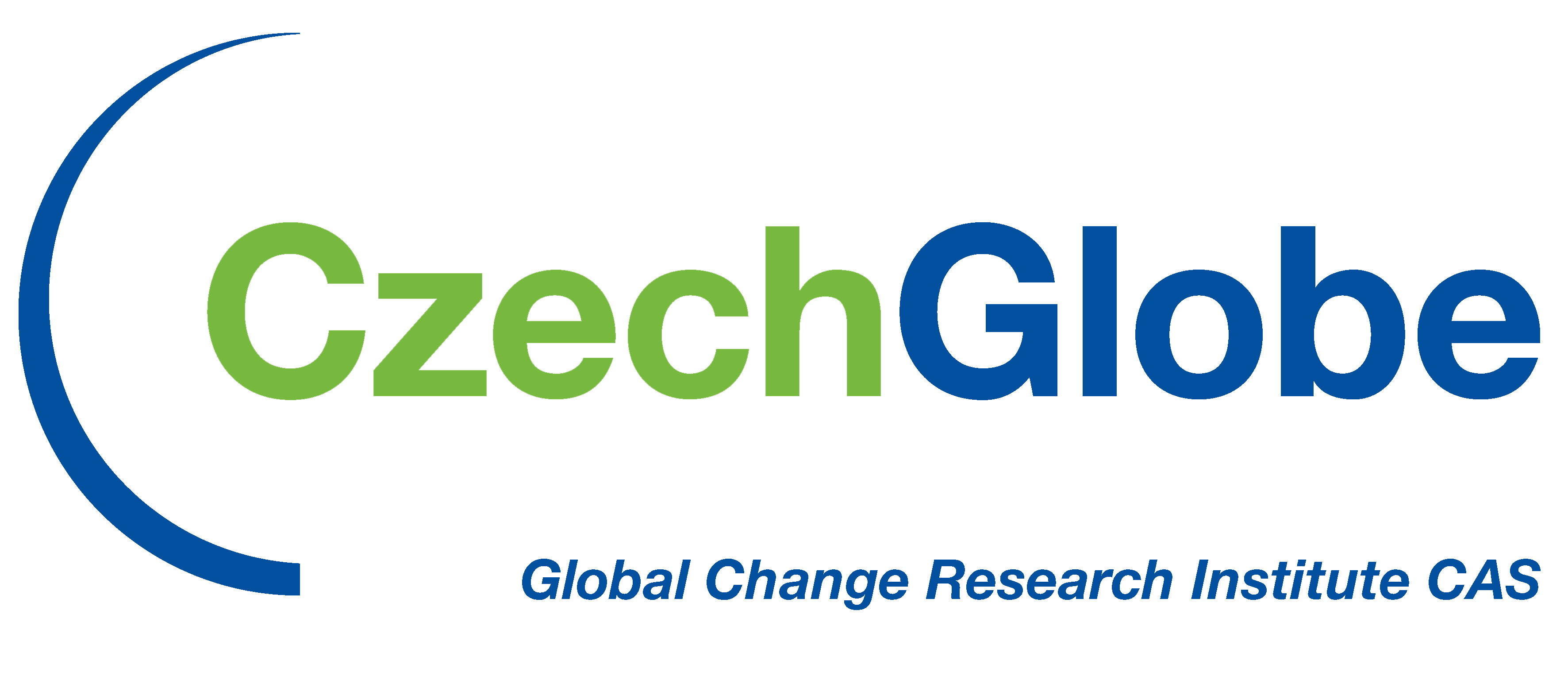Data description
| Dataset name | Dataset description | Available subsets | Technical note | Monitoring and forecasting components |
|---|---|---|---|---|
| Drought intensity | Drought intensity compares the actual amount of water available to plants with the values recorded for the given area during the same time period of the year between 1961 and 2010. Each drought intensity class represents a particular drought period return probability. | 0-10 cm, 0-40 cm, 0-100 cm, 40-100 cm | GeoTIFF, 10 km spatial resolution, EPSG: 4326, 1981-present, daily | M, F |
| Drought impacts | Drought impact reports collected from text mining global media online articles. | 4 weeks, 12 weeks | GeoJSON, country level, EPSG: 4326, 2022-present, monthly, 3monthly | M |
| Soil moisture deficit | Available water deficit is the amount of water in mm/inch per the visualized soil column that is missing (or is in surplus) compared to the common levels (average of 1961 to 2010) of available water at the given site and time of the year. Negative values represent less water than usual while positive values represent a higher available water amount than is common. | 0-10 cm, 0-40 cm, 0-100 cm, 40-100 cm | GeoTIFF, 10 km spatial resolution, EPSG: 4326, 1981-present, daily | M, F |
| Relative soil saturation | Readily available soil water represents the amount of water available to plants as a proportion of the maximum soil water content that can be permanently held within the given soil column. Units are % where 0% represents no water available to plants (i.e. wilting point) and 100% represents water content held in the soil after excess water has drained away (i.e. field capacity). In general most plant species cannot survive values close to 0%, at values below 30% visible signs of water stress will be apparent on most plant species and at values below 50% (i.e. stress point) plants start to be limited by soil water availability. | 0-10 cm, 0-40 cm, 0-100 cm, 40-100 cm | GeoTIFF, 10 km spatial resolution, EPSG: 4326, 1981-present, daily | M, F |
| Standardized precipitation index | Standardized precipitation index is a standardized measure of how much precipitation has fallen over a chosen time period compared to the long-term average (commonly 1961–2010). Values below zero indicate drier-than-usual conditions, while values above zero show wetter-than-usual conditions. The more extreme the value, the stronger the anomaly. | 3 months, 6 months, 12 months, 24 months | GeoTIFF, 10 km spatial resolution, EPSG: 4326, 1981-present, monthly | M |
| Standardized Precipitation Evapotranspiration Index | Standardized Precipitation Evapotranspiration Index extends the SPI approach by including not only precipitation but also the amount of water lost to the atmosphere through evaporation and plant transpiration. This makes it sensitive to both lack of rainfall and heat-driven drying. Negative values represent drier and hotter-than-usual conditions, while positive values indicate wetter or cooler conditions than normal. | 3 months, 6 months, 12 months, 24 months | GeoTIFF, 10 km spatial resolution, EPSG: 4326, 1981-present, monthly | M |
| Palmer Drought Severity Index | Palmer Drought Severity Index combines precipitation, temperature, and soil moisture data to estimate long-term drought severity. It reflects the cumulative balance between water supply and demand in the soil over months to years. Negative values represent persistent drought, while positive values indicate prolonged wetness. | GeoTIFF, 10 km spatial resolution, EPSG: 4326, 1981-present, monthly | M | |
| Z-score | The Z-score shows how much the current value of a variable (such as soil moisture) differs from its long-term average, expressed in standard deviations. A negative Z-score means conditions are drier than normal, and a positive score means wetter than normal. The larger the absolute value, the stronger the anomaly. | GeoTIFF, 10 km spatial resolution, EPSG: 4326, 1981-present, monthly | M |
Archive description
TBD
Data licence and policy
The TerraDrought.edu consortium is publicly funded and to this end we provide visualized outputs and services free of charge to all users however, excludes any liability related to the information provided on this website. There may be requests that are not possible given work loads, funding and budgeting but all outputs published at the given time at the website are freely accessible and free to use. Please give credit to our terradrought.edu partners as this allows us to continue to provide these data and service to the public.
If you reproduce the TerraDrought map, please use this wording:
The TerraDrought ouputs is jointly produced by the National Drought Mitigation Center at the University of Nebraska-Lincoln and the Global Change Research Institute, Czech Academy of Sciences. Map courtesy of TerraDrought.
About the TerraDrought project partners

Global Change Research Institute CAS (CzechGlobe)
The Global Change Research Institute of the Czech Academy of Sciences (CzechGlobe) is a public research institution and a European Centre of Excellence dedicated to studying the causes and consequences of global change—most notably climate change. The institute explores fluxes of energy and matter (especially greenhouse gases) within Earth’s climate system and how these affect both natural and human systems, using tools that range from molecular analyses to global-scale satellite data.
More information at: https://www.czechglobe.cz/en/
National Drought Mitigation Center (NDMC)
The National Drought Mitigation Center (NDMC), founded in 1995 and housed at the University of Nebraska–Lincoln’s School of Natural Resources, is dedicated to reducing the impacts of drought on people, ecosystems, and economies. Its mission involves the scientific study of drought monitoring and the development of practical planning strategies to build resilience worldwide. As the academic partner and web host of the U.S. Drought Monitor, NDMC plays a central role in producing a weekly drought overview for the United States, in collaboration with the USDA and NOAA.
More information at: https://drought.unl.edu/

Contact
TBD